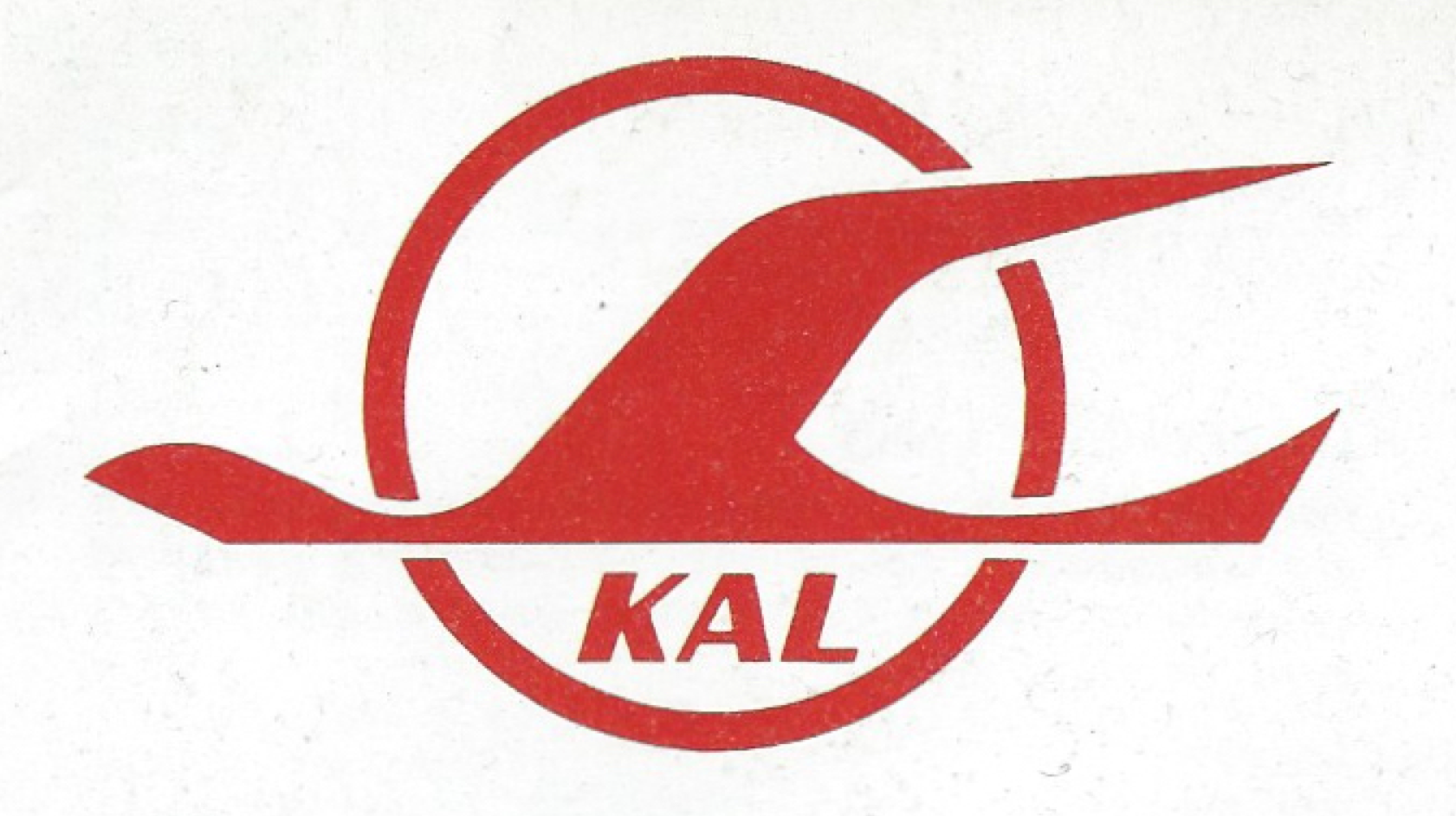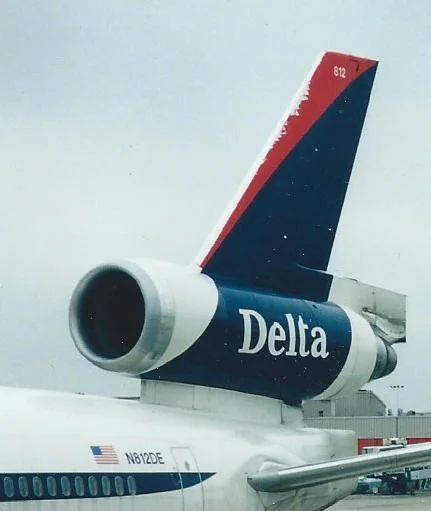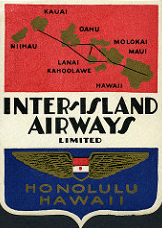CAAC - Transpacific Inaugural 1981
/Ilyushin-12 piston-engine airliner. Photo by Allen Watkin via Flickr, CC 2.0 license
China’s “frenemy” relationship with the Soviet Union in the 1960s-70s had begun with post-WWII ideological alignment and anti-American solidarity, but was increasingly strained by perceptions that Moscow was lining up with old antagonists in Delhi and Hanoi. Lack of access to Western technology and the loss of home-grown engineering talent meant that China was utterly dependent on Soviet-built transportation equipment: the CAAC airline fleet even in the 1970s was still largely made up of smaller piston-engined propeller planes, with a few 1950s-era turboprops and even fewer first-generation Tupolev and Ilyushin jets.
Antonov-24 turboprop. Photo by GothPhil via Flickr, CC 2.0 license
President Nixon’s overtures to the People’s Republic in 1972, plus British and European contacts, gave China’s leaders an opening to change the relationship with Moscow. By the end of that year orders had been placed for 707 long-range jets, and Trident mid-range jets (plus newer long-range Ilyushin-62 jets and Antonov-24 turboprops from Russia). By the mid-1970s, China had the foundations of long-range service in place to Japan, the Mideast, Africa, and Europe, and a reasonably contemporary fleet on its trunk services.
Boeing 707. Photo by wiltshirespotter via Flickr, CC 2.0 license
Crossing the Pacific, however, had yet to be accomplished – other Asian economies were starting their remarkable growth period, and the US was increasingly opening its doors for business and migration. Korea, the Philippines, Taiwan, and even Singapore had all started or expanded home-carrier air service to America by the mid-to-late-1970s with brand-new wide-body jets made by Boeing and Douglas. While China and the US were still slowly negotiating transportation agreements, the “Asian Tigers” were quickly passing Beijing by: a loss of “face” to be sure, but practically-speaking, a loss of economic power which China could ill-afford.
Photo by Aero Icarus via Flickr, CC 2.0 license
New management in 1978 at CAAC, the Chinese civil aviation service, finally kicked the bureaucracy into action, getting a treaty with the US finalized, and orders for the newest, long-range Boeing 747SP were in place by the end of the year.
CAAC received its 747s in early 1980 and began nonstops to Paris that spring, followed up with test flights to the US in the fall. Finally, with trained crews in place and support contracts with Pan Am finalized, the first scheduled service from Beijing through Shanghai to San Francisco and New York began on January 7, 1981.
By the time this April 1, 1982 timetable was issued, the service had been extended to Los Angeles, paralleling Pan Am’s route expansion. CAAC would retain this routing for several years, adding an additional weekly frequency to San Francisco but not making major changes until after mid-1985, when the national carrier would be broken up into several regional airlines. CAAC would keep its Beijing hub and most international routes, becoming today’s Air China. The Shanghai division would become today’s China Eastern.
Notice how few flights per week were actually operated in 1982! The Tokyo-Shanghai route was only flown 5 times per week, and there were only 3 nonstops per week on the Tokyo-Beijing route. Paris, London, Bangkok, and Manila were only reached once per week, and there were no flights to Singapore or Australia at this time.
On the domestic-services side, you can see that even on the principal routes CAAC ran very few flights: Beijing-Shanghai was only served 4 times per day; Beijing-Guangzhou not even at 3 times per day, and only 2 daily on the Shanghai-Guangzhou run, with other core routes at well less than daily frequency.
With each regional division controlling its own fleet and choice of routes from 1985 onward, they quickly started competing, building traffic with better service and lower fares, and ordering hundreds of new aircraft.
Photo by Kiefer via Flickr, CC 2.0 license
Photo by Woodys Aeroimages via Flickr, CC 2.0 license
The Beijing-Shanghai-San Francisco-New York core route was where both carriers’ crews and administrators earned Trans-pacific experience, and even now Air China’s Beijing-SFO/JFK and China Eastern’s Shanghai-SFO/JFK services are treated as flagship routes, with their newest equipment and in-flight services.
Also see:
http://www.nytimes.com/1981/01/08/us/scheduled-air-service-from-china-to-us-resumes.html
and other weninchina resources - - -
Our Transpacific Flying folder on Pinterest
Our Air China folder on Pinterest
Our China Eastern folder on Pinterest





























